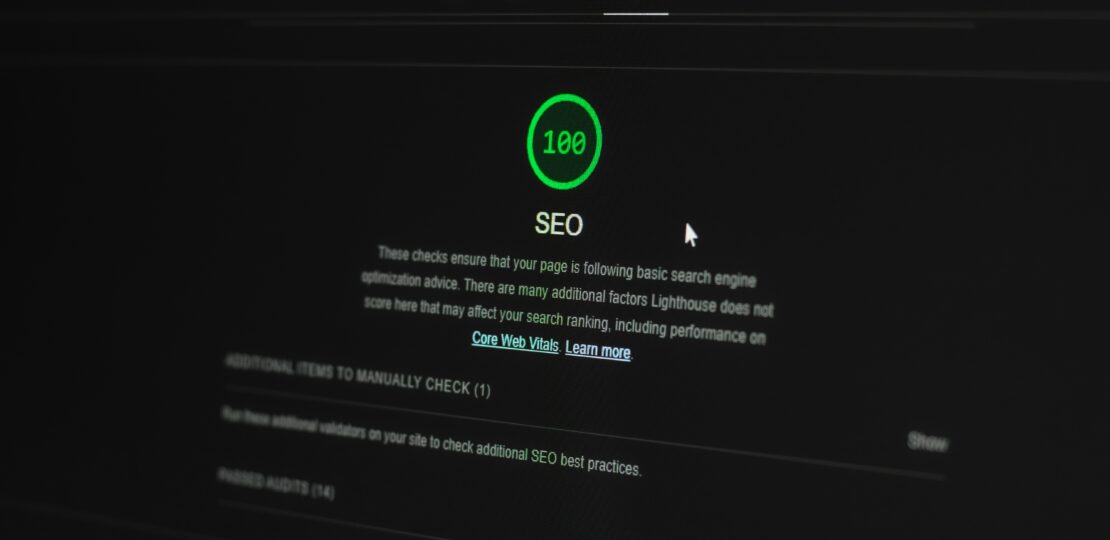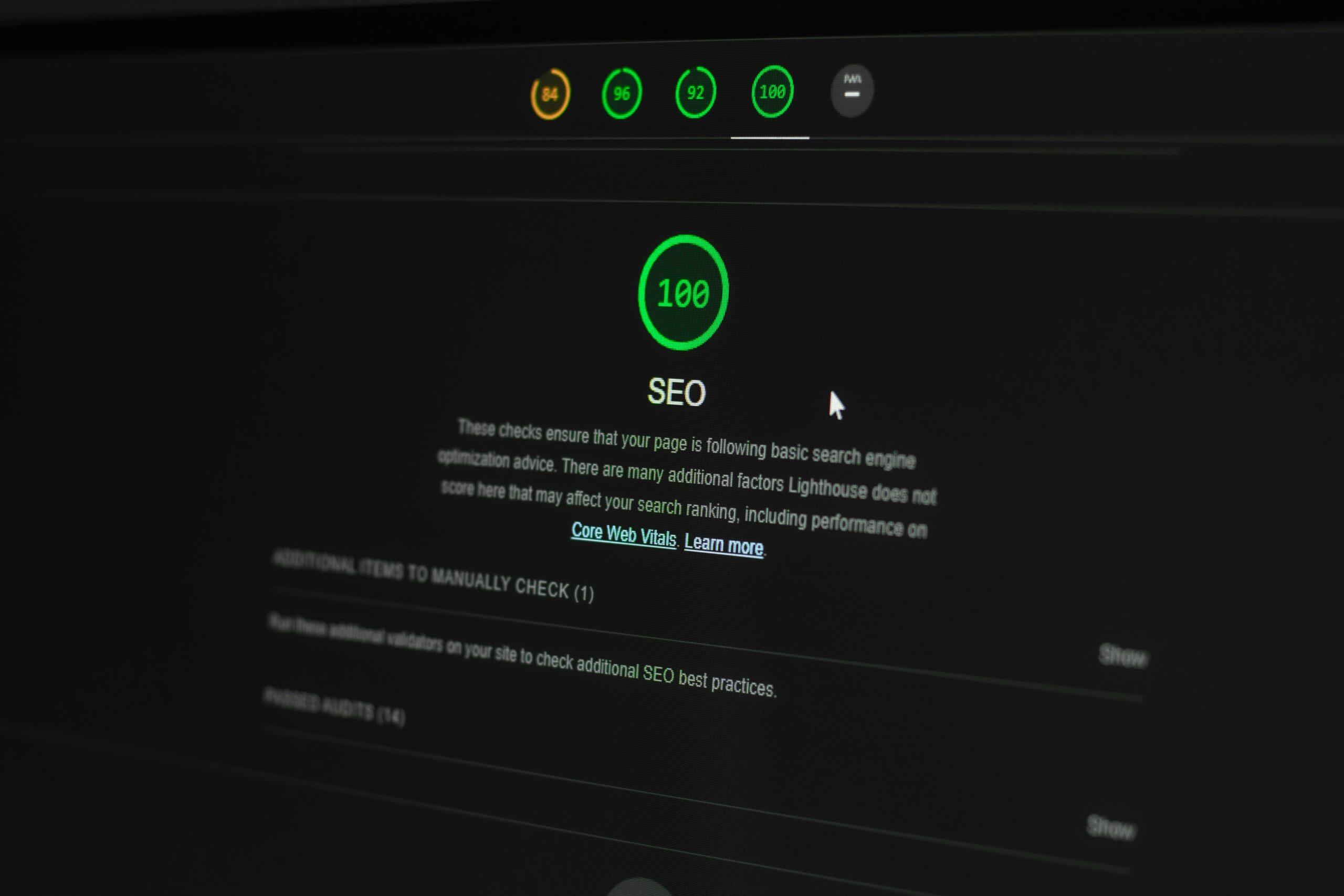Enhancing Site Performance for SEO and User Retention
October 14, 2025 | by qqvmedia.com


The Importance of Fast-Loading and Mobile-Optimized Websites
In the digital landscape, the speed at which a website loads is directly linked to its performance in search engine optimization (SEO) and user retention. Fast-loading websites not only enhance user satisfaction but also significantly influence search engine rankings. Search engines, like Google, prioritize user experience; consequently, they favor websites that offer quick load times. When a user encounters a site that takes too long to load, the likelihood of them abandoning it increases. According to various studies, a delay of just a few seconds can lead to higher bounce rates, which in turn can negatively affect a site’s position in search results.
Moreover, the trend towards mobile browsing cannot be understated. A considerable number of online shoppers utilize their mobile devices for browsing and purchasing, which is why having a mobile-optimized website is crucial. A mobile-friendly design ensures that content is displayed correctly across different screen sizes, providing a seamless experience for the user. If a website is slow or not optimized for mobile devices, users are more likely to leave the site for a competitor that offers a better experience. In fact, research indicates that more than half of mobile users will abandon a site if it does not load within three seconds, underscoring the importance of site speed in retaining customers.
Ultimately, fast-loading and mobile-optimized websites are essential in an increasingly competitive digital marketplace. By meeting these performance standards, businesses can improve their visibility in search engines and foster a positive user experience that encourages customer retention. Enhancing site performance should therefore be a priority for any organization looking to thrive in today’s online world.
Reducing Bounce Rates in E-Commerce Markets
In the rapidly evolving realm of e-commerce, the performance of a website plays a critical role in influencing user behavior. One of the most significant metrics to monitor is the bounce rate, which indicates the percentage of visitors who leave the site after viewing only one page. Research indicates that a mere one-second delay in page load time can increase bounce rates by up to 32%. This statistic underscores the imperative for e-commerce businesses to prioritize quick load times to enhance customer engagement and minimize lost sales.
When shoppers encounter slow-loading pages, they often become frustrated and opt to leave the site rather than wait. This behavior not only results in lost revenue but can also damage a company’s reputation, leading to diminished customer trust and loyalty. To combat this, e-commerce websites must adopt various strategies aimed at improving load times and subsequently reducing bounce rates.
One effective measure is optimizing images and media files, which often account for a substantial portion of webpage size. Utilizing formats like WebP or compressing images can significantly enhance load times. Additionally, employing browser caching can ensure that repeat visitors experience faster load times when they return to the site. This strategy reduces the frequency of loading all necessary files and can make a noticeable difference in user experience.
Another solution involves utilizing content delivery networks (CDNs). CDNs store copies of the website’s assets in multiple locations worldwide, allowing users to access the nearest server for quicker loading. Furthermore, minimizing redirects and eliminating unessential plugins can also contribute to a more streamlined experience for shoppers.
Ultimately, a proactive approach to site performance can grant e-commerce businesses a competitive advantage. By reducing bounce rates through swift load times and engaging shoppers effectively, companies are more likely to foster long-lasting relationships with customers, thus enhancing overall user retention.
Tips to Boost Page Speed
Improving website page speed is essential for both search engine optimization (SEO) and user retention. Here are some practical tips that can be applied to enhance page loading times effectively.
First, consider implementing image compression. High-resolution images can significantly slow down a website, which is detrimental to user experience. By utilizing tools or plugins for image compression, one can reduce file sizes without sacrificing quality. Formats such as WebP offer better compression rates compared to traditional formats like JPEG and PNG. This not only helps in reducing loading times but also contributes positively to SEO, as search engines favor faster loading pages.
Another effective strategy is to utilize a Content Delivery Network (CDN). A CDN distributes your website’s content across a network of servers worldwide, ensuring that users can access data from a server geographically closer to them. This proximity reduces the time it takes to load your site, especially for users located far from your main server. Many CDN providers offer user-friendly integrations that can be set up quickly to start seeing immediate improvements in page speed.
Furthermore, code optimization plays a crucial role in boosting page speed. This process involves minimizing HTML, CSS, and JavaScript files. By removing unnecessary characters, comments, and whitespace, web developers can reduce file sizes considerably. Additionally, consider deferring non-essential scripts or using asynchronous loading techniques. This means that while the critical components of your site load, other scripts can load in the background, preventing delays in displaying content to the user.
Incorporating these strategies can lead to a noticeable improvement in website performance, ultimately enhancing SEO rankings and retaining users. Regularly monitoring page speed using various analytics tools is also advisable, allowing for ongoing adjustments and optimizations as needed.
Maintaining Top Performance with Regular Audits
Regular audits of a website’s performance play a crucial role in maintaining optimal site health, directly influencing its search engine optimization (SEO) and user retention rates. By conducting these audits, website owners can identify performance bottlenecks and weaknesses that may hinder their site’s functionality or user experience. Tools like Google PageSpeed Insights have become indispensable for this purpose; they offer detailed insights into various aspects of site performance such as loading speed, responsiveness, and overall functionality.
With Google PageSpeed Insights, owners can not only measure current performance metrics but also receive actionable recommendations for improvement. By addressing issues flagged in these audits—such as unoptimized images, excessive server response times, or inefficient JavaScript and CSS—webmasters can significantly enhance the user experience. A faster, more efficient site increases the likelihood of users remaining engaged, ultimately leading to higher conversion rates.
Continuous monitoring is essential in today’s rapidly evolving digital landscape. Websites that undergo routine audits can adapt quickly to changes in user behavior, SEO best practices, and algorithm updates from search engines. By staying proactive, businesses can avoid potential pitfalls that may arise from neglecting site performance. Furthermore, optimizing performance is not a one-time task but a continuous process; regular audits ensure that improvements are sustained over time.
In conclusion, the regular auditing of website performance is integral for maintaining competitive positioning in the market. By leveraging tools such as Google PageSpeed Insights to identify and rectify performance issues, website owners can improve their site’s efficiency and user experience. This commitment to continuous monitoring and optimization not only enhances SEO efforts but also fosters user retention, ensuring that audiences keep returning to a well-functioning online presence.
RELATED POSTS
View all


